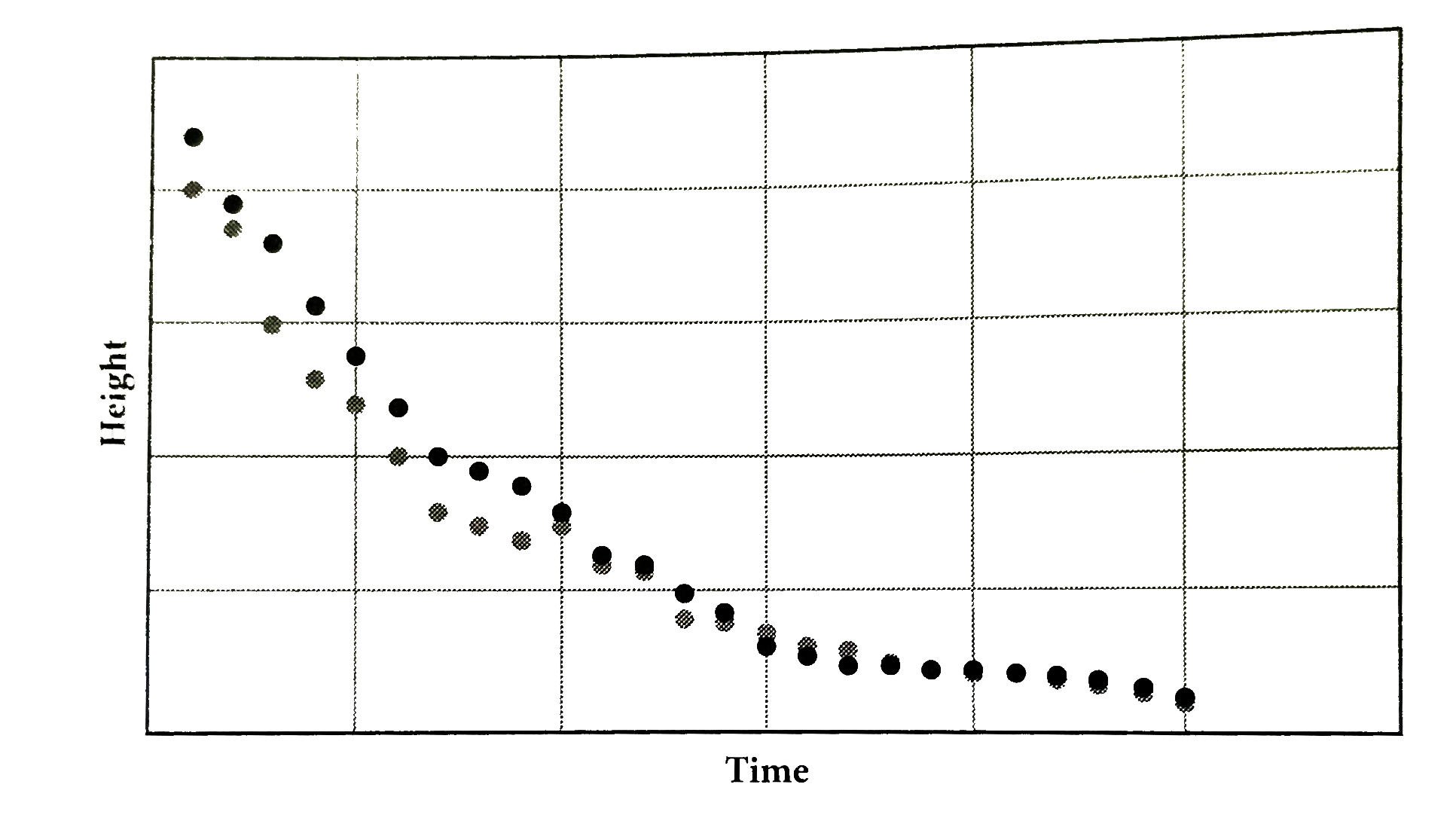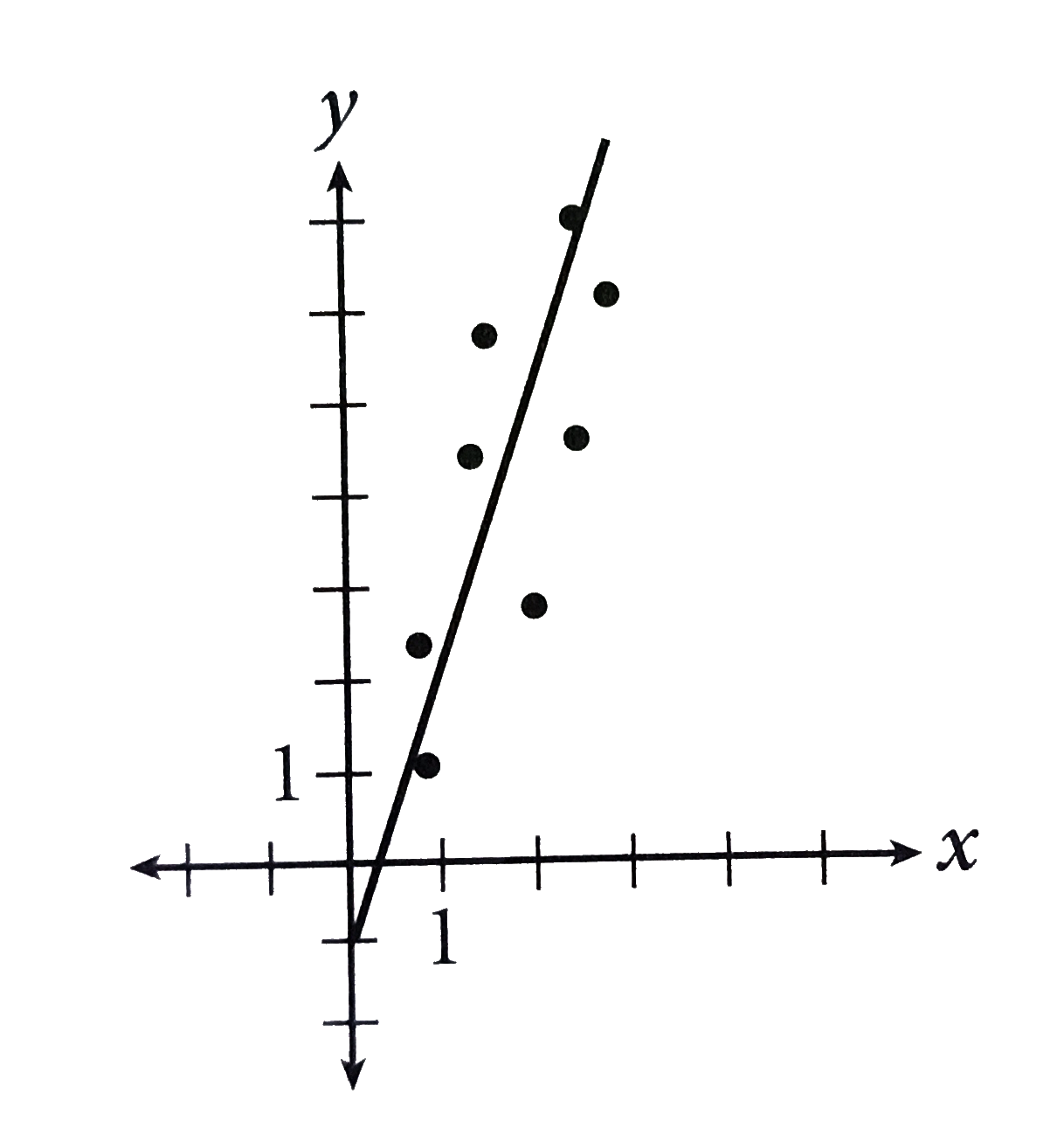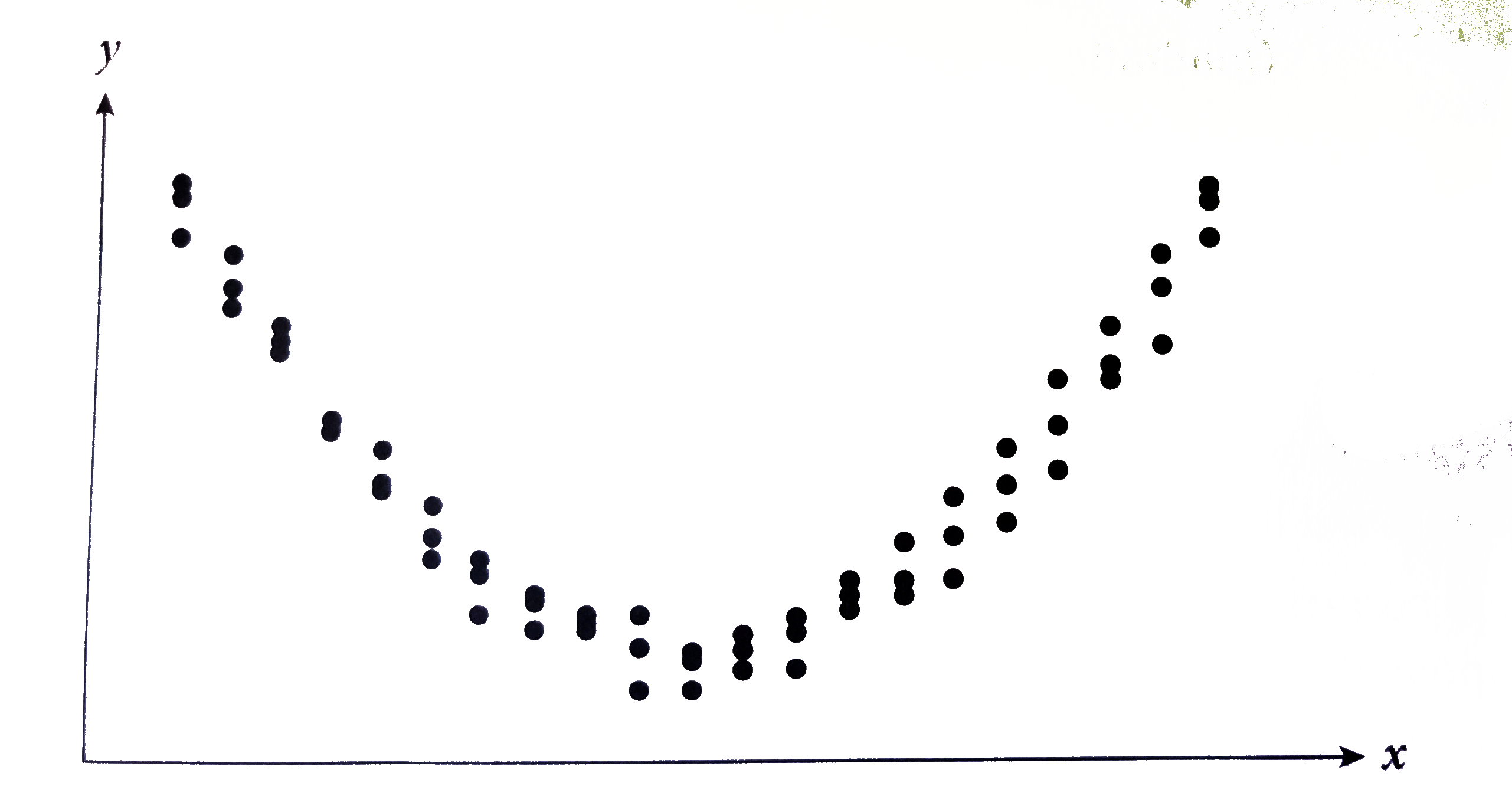
A drain at the bottom of a cylondrical water tank is opened and the height of the water is measured at regular time intervals. The tank is refilled and the process is then repeated. The scatterplot above shows the measured height on the y-axis and time on the x-axis for the trials. Which of the following conclusions can be drawn from the observations in the scatterplot?
Water flows out of the drain at a constant rate.
The flow rate from the tank decreases as the height of the water in the tank decreases.
The drain is inefficinetly designed.
The is no relationship between the height of the water in the tank and time.
The correct Answer is:B
A line of best fit for the scatterplot would show that the measured height of the water decreases over time, but the slope becomes less steep over time, too. The slope, change in height divided by change in time, represents the flow rate of water out of the tank. Since the flow changes as the height of the water changes, (A) is incorrect. Because the slope of the line of best fit becomes less steep as the height of the water decreases, it follows that the flow rate decreases as the height of the water decreases. (B) is correct. (D) is incorrect because the height of the water decreases (through at an even slower rate) as time progresses, so there is a relationship between the height of the water and time. (C ) is incorrect because the data presented doesn't imply anything about the efficiency of the drain design.
Topper's Solved these Questions
- BOOK - KAPLANCHAPTER - SCATTERPLOTSEXERCISE - LINE OF BEST FIT1videos
SCATTERPLOTS
- BOOK - KAPLANCHAPTER - SCATTERPLOTSEXERCISE - SCATTERPLOT MODELING1videos
SCATTERPLOTS
- BOOK - KAPLANCHAPTER - SCATTERPLOTSEXERCISE - SCATTERPLOT MODELING1videos
SCATTERPLOTS
- BOOK - KAPLANCHAPTER - SAT MATH: TIMING ANS SECTION MANAGEMENT STRATEGIESEXERCISE - TRY ON YOU OWN5videos
SAT MATH: TIMING ANS SECTION MANAGEMENT STRATEGIES
- BOOK - KAPLANCHAPTER - SYSTEMS OF LINEAR EQUATIONSEXERCISE - NUMBER OF POSSIBLE SOLUTIONS1videos
SYSTEMS OF LINEAR EQUATIONS
Similar Questions

Which of the following equation corresponds to the line of best fit for the data set shown above ?01:37View Solution
Given that a,b, and c are constants and that a>0, which of the following is the equation for the line of best fit for the above scatterplot ?06:07View Solution
Given that a,b, and c are constants and that a>0, which of the following is the equation for the line of best fit for the above scatterplot ?02:11View SolutionIf 79x−16x=13+12, what is the value of x ?
02:07View Solution{5x−3y=106y=kx−42
In the system of linear equations above, k represents a constant. If the system of equations has no solution, what is the value of 2k?01:31View SolutionHow many lines of symmetry does the above figure have ?
02:45View SolutionWhich of the following are correct chain isomers of butane ? (i)
02:17View SolutionDetermine the point of symmetry of a regular hexagon.
05:41View SolutionComplete adjectant figure so that X-axis and Y-axis are the lines of symmetry of the completed figure.
02:10View SolutionDtermine the images of the following figure about the given line :
02:17View SolutionMatch the following Column A to Column B
 02:10View Solution
02:10View SolutionMatch the following Column A to Column B
 04:23View Solution
04:23View SolutionMatch the following Column A to Column B
 01:13View Solution
01:13View SolutionThe inequation represented by the graph given below is :
02:41View SolutionThe inequation that best describes the graph given below is _________
02:34View Solution

